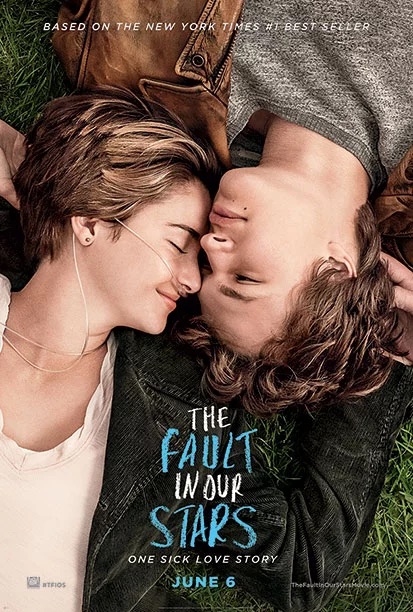Synopsis for my film
Film sequence 1
Evangeline, 17 year old girl will find an odd looking tree and goes to have a look at it. Only, it is cursed so if you go up to it, you get stuck in a time loop. Evangeline tries to get out of the loop. Evangeline is the protagonist.
Film sequence 2
A 17 year old boy, Charlie, is lost and finds a really tall tree and goes over to look at it. He then disappears and can’t get out. Charlie is the protagonist.
I intend on creating a thrilling, on edge film
Statement of Intent: movie posters
For my first movie poster, I will include the sign the female character reads out and has it as the main focal point. The background will be the forest in which she gets stuck in and this will go on into the distance to symbolise the fact she gets stuck in a time loop. I will have two silhouettes of the main characters, this is because I want to put focus on the characters, without pulling the focus away from the background and sign. I will edit the movie title ‘It Won’t Always Be Like This’ in an eerie yet playful font, which should capture the playful and ominous feeling of the movie. I will write in ‘Featuring the music of Inhaler’ in a smaller font to promote the music soundtrack in the movie. The genre of my film is Sci-Fi, like the movie ‘Palm Springs’ but different in the sense that it is predictable yet unexpected.
For my second movie poster, I will have the forest in the background, but only the top of the trees with the sky, this also symbolises the time loop as the sky is never ending, but also includes the trees that will give away the setting of the movie. I will include the photos of the main characters but these will be the main focus this time, not silhouettes. The title will be edited in, in a typewriter font, in the sky but just as the trees stop, so it doesn’t take away from the main focus of the poster. To include the music artist into the movie poster, I will write in a slightly smaller font, but big enough to read it clearly, ‘Featuring the music of Inhaler’ to promote the music soundtrack in the movie.









